France's TGV high-speed trains: everything you need to know
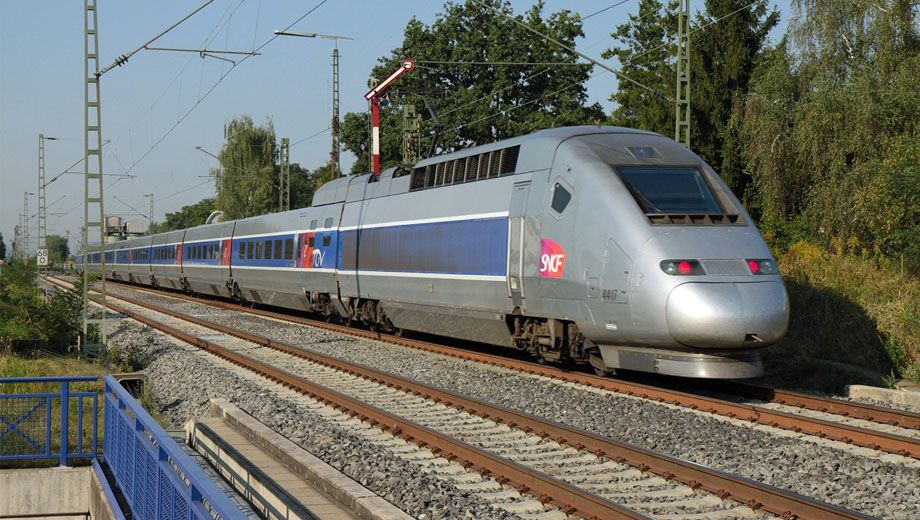
When travelling around France on business, the 320 km/h high-speed TGV trains are faster and more comfortable than flying between just about any pair of cities.
With a TGV station inside Paris' Charles de Gaulle airport (and many other airports), you can be off the plane and onto the train in record time.
Australian Business Traveller has been spending time in France this year, covering Paris, France's second city Lyon, and several French regions. So here are our (in some cases hard-won) tips for zipping around France -- and into Germany, Switzerland, Italy, the Netherlands and Belgium -- on the TGV.
On board the TGV
There are several different styles of TGV -- including the bi-level "duplex" ones that are the grownup version of Sydney's CityRail cars -- each of which is found on specific TGV lines.
You can pick either first or second class on board, with first class often only a few euros more expensive than second class. Reservations are often compulsory ("obligatoire"), and each seat is clearly numbered.
(This does not, however, stop the French from swapping seats at will. "Excusez-moi, monsieur/madame, c'est ma place" while pointing to your ticket is a key phrase.)
In first class you'll find a 1-2 layout, with a large table for every passenger and a 220V power point (French style plug) for each set of one or two seats.
If you're travelling alone, try to book a "siège solo" for one of the single seats. Quiet cars ("voiture silence") mean no mobile phone calls are allowed.
Second class is still quite comfortable, in a 2-2 seat configuration where some seats have airline style fold-down tables, while others face across larger tables.
Luggage racks are remarkably few and far between, and are found at the end of each carriage. There's usually nowhere in first class to stow luggage between seats.
There's a standup bar towards the middle of each train with relatively expensive drinks, snacks and light refreshments. (3€/A$4 for a bottle of juice levels of expensive.) Consider instead stopping off at the bar or sandwich shop inside most large stations and bringing something with you.
Booking a TGV ticket
Tickets can be purchased from station ticket offices, town-centre SNCF (French Railways) offices, travel agencies or online -- tgv.co.uk is the best bet unless you speak French. Ask your hotel concierge to help if you need it. At stations and SNCF offices, English-speaking staff will be identified by a UK flag. There's usually at least one.
Just about every station has the yellow ticket machines: you can pick up tickets purchased online here too.
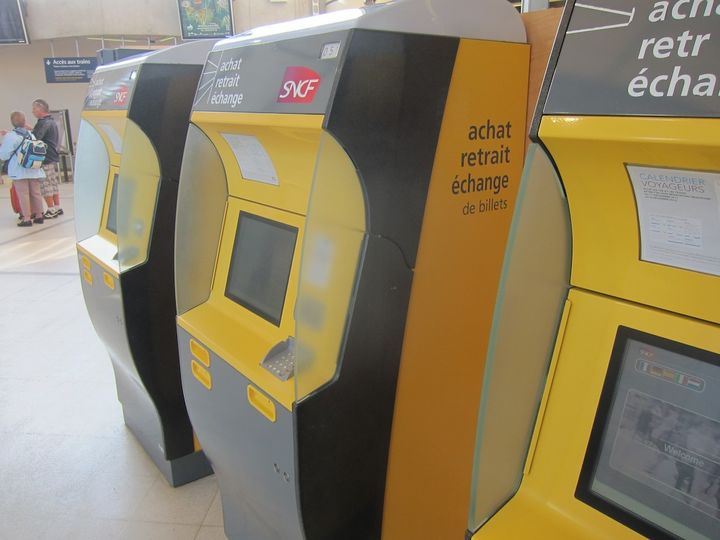
There are often less frequent direct trains to your destination that are only slightly slower overall than changing somewhere. This is especially true from Paris' Charles de Gaulle airport TGV station. Ask for the full timetable ("horaire") to make sure you're not pointlessly hanging around an interchange station (especially not Marne La Vallée, the Disneyland TGV station that's chock-full of sticky children.
Make sure you're booking a TGV, not an "intercity" or "ter" train. TGVs are the fast ones, while the others are slower and, in many cases, not as comfortable. The "ter" trains often connect out-of-town mainline TGV stations to the town-centre SNCF stations.
Note that if you purchase a ticket online you may have to collect it at the station -- leave around 20 minutes for this at large stations in the event of a queue.
At the station
Remember that the high-speed TGV stations are often in a different part of town to the main station -- and may not even be named for the town! For example, the TGV station for the city of Tours is called "Saint Pierre des Corps". There's often a shuttle ("navette" in French) to connect the central station to the TGV, but always check in advance.
Labelling your baggage with your name and surname is obligatory on board trains. (Reminder: the French capitalise their surnames.) An airline frequent flyer tag will do, or airline-style paper tags are available at ticket offices.
Note down the number of your train ("TGV 5412", for example) especially if your destination is not the end of the line, so you can easily spot which train is yours.
You'll also want to note down the "voiture" (car number) and "place assise" (assigned seat), underlined in blue in the ticket example below.
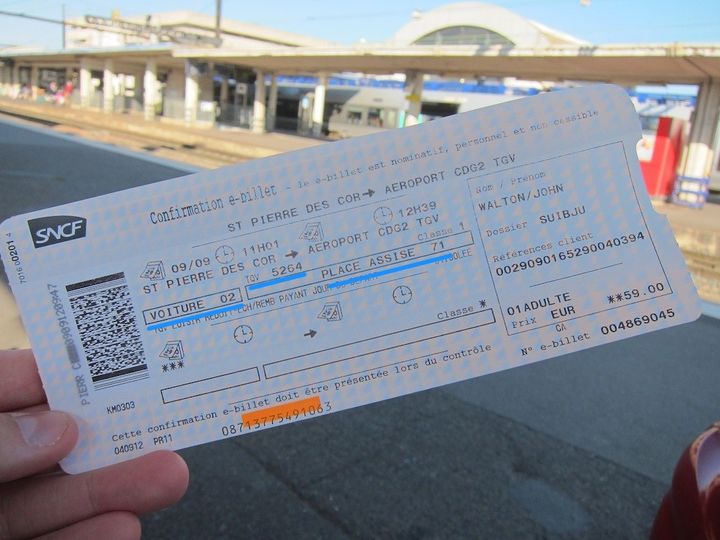
Your platform ("voie") is usually announced only twenty or so minutes before departure. If you have a lot of luggage, you can ask a staffer which platform is likely to be yours earlier.
Don't forget to "composter" your ticket in the little yellow date/time-stamping boxes (think how Melbourne trams used to work) before heading to the platform, in order to avoid a fine. If you forget, you need to present yourself to the conductor of your own accord after boarding the train, or the fine increases to "travelling without a ticket" levels.
Always check that you're boarding the right part of the train. Some TGVs are actually two full train sets linked together, which split in the middle of the journey to head to separate destinations, making for trains of up to 20 cars long -- and you won't be able to move between the two trains during the trip. It's easiest if you have a reserved seat, because that'll tell you exactly which carriage ("voiture") you need. Signs on the platform will tell you at which landmark sign ("repère") your carriage or train will stop.
Are you a frequent voyageur on the TGV? Share your experiences and tips with your fellow AusBT readers in a comment below.
You might also be interested in...
- AusBT reviews the Eurostar from London to Paris -- plus its London Business Lounge
- Italy's fantastic Ferrari-designed high-speed trains
- Which class should you pick when travelling between Britain and France on Eurostar?
- Lufthansa "flies" its own high-speed rail service from Frankfurt to Cologne
- ...and closer to home, Sydney-Melbourne could be a three-hour bullet train ride
For more on the future of travel -- and how to make the most of the present -- follow us on Twitter. We're @AusBT.
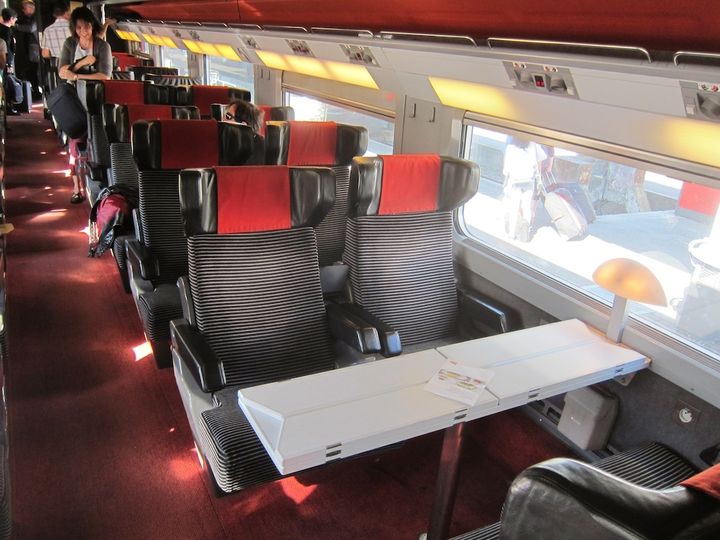
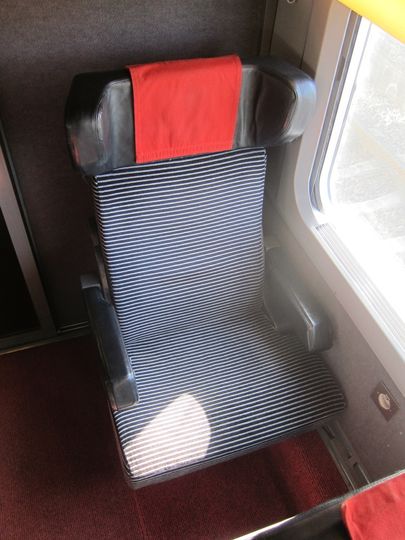
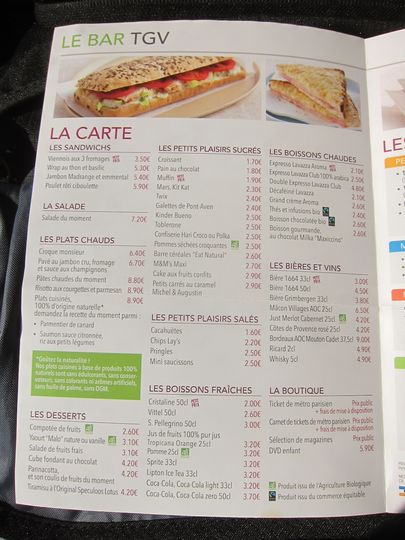
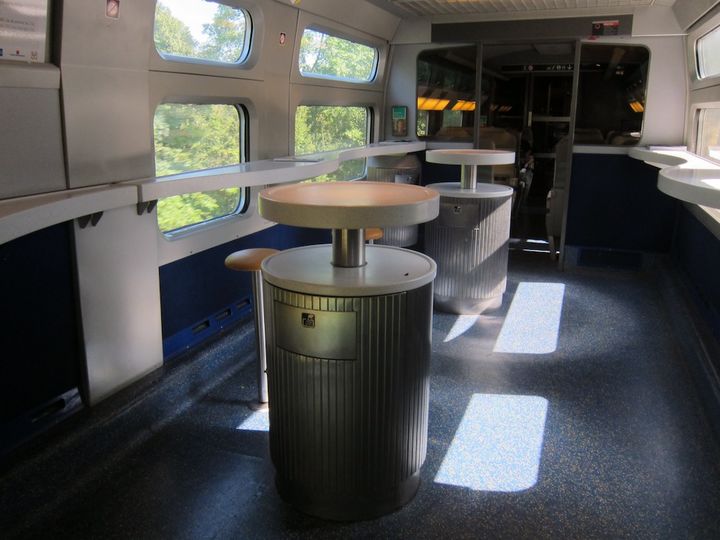
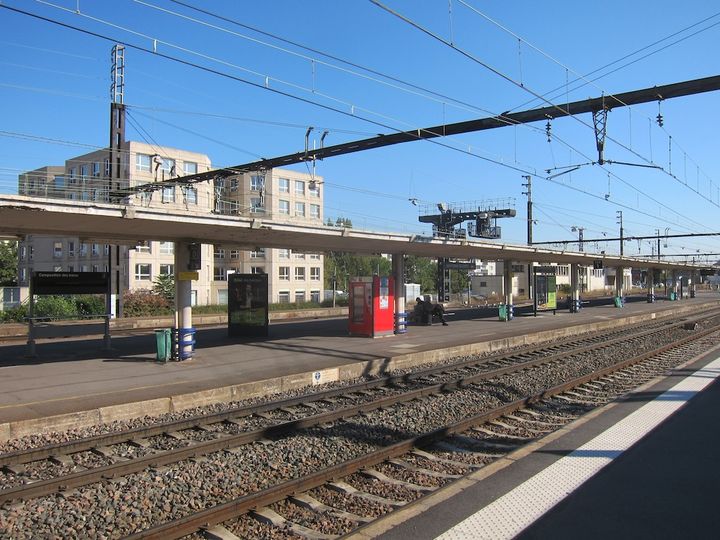
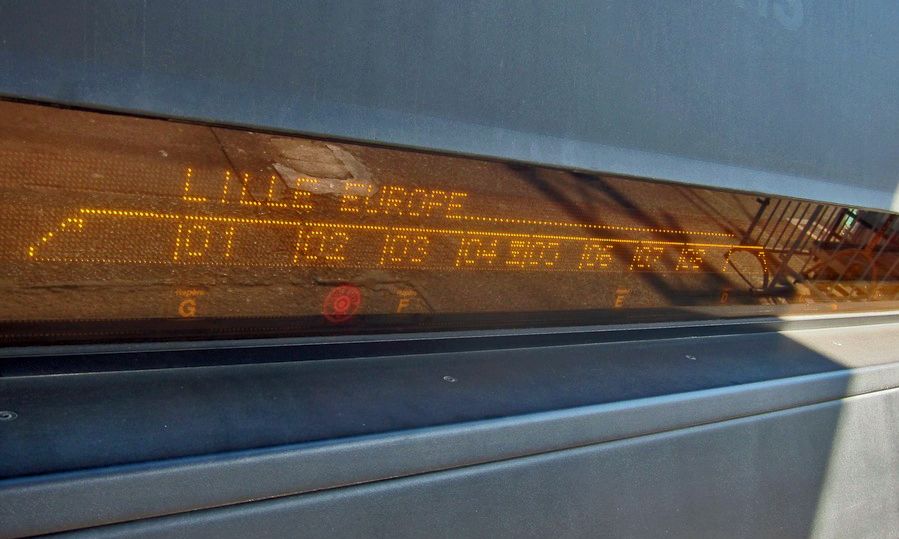
Hi Guest, join in the discussion on France's TGV high-speed trains: everything you need to know